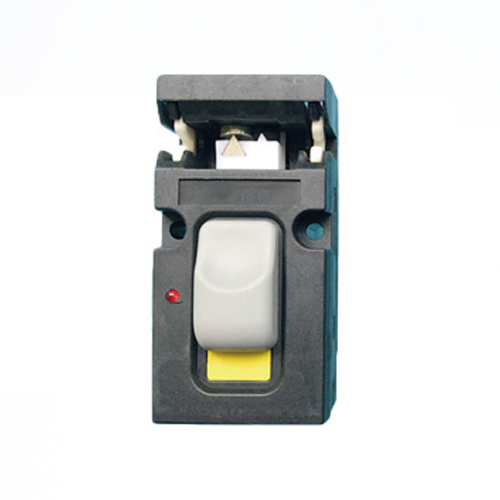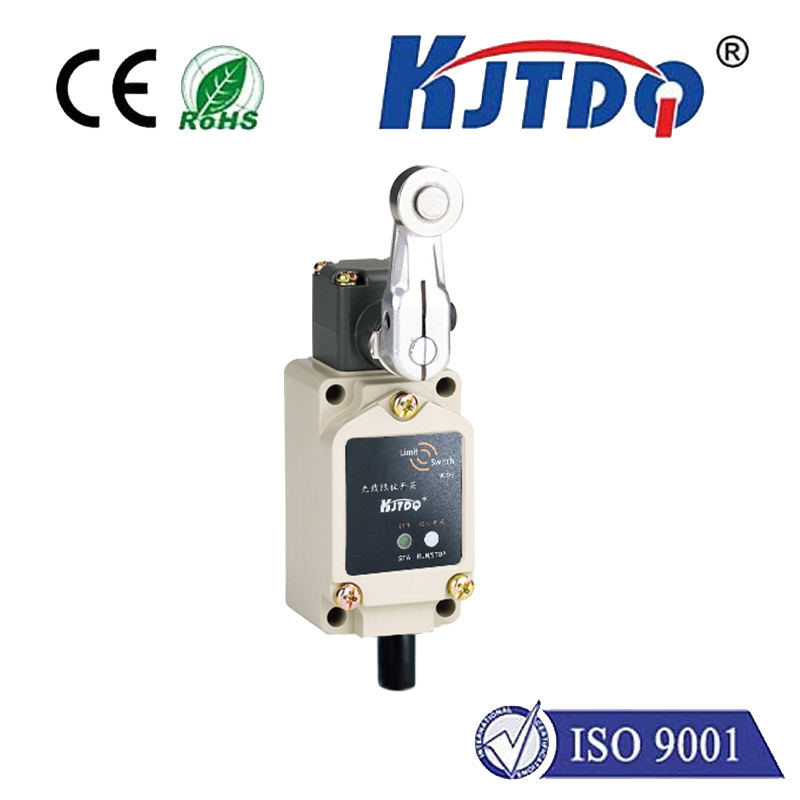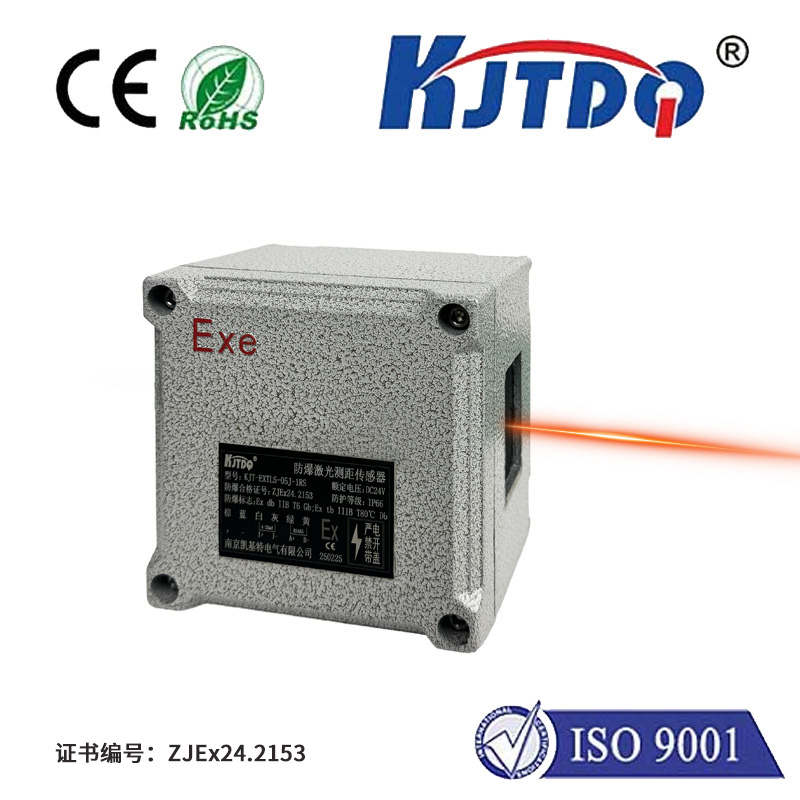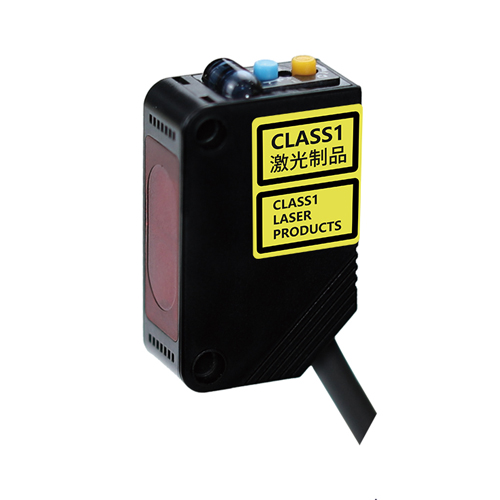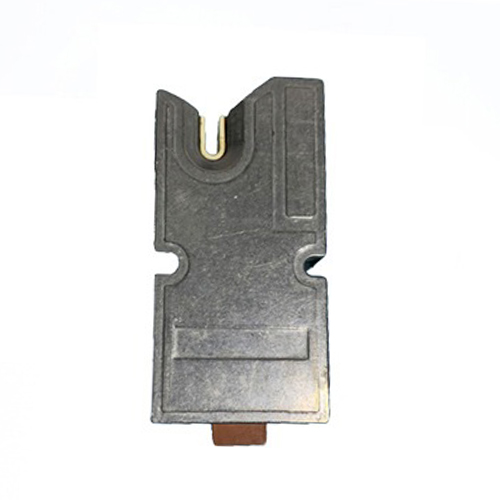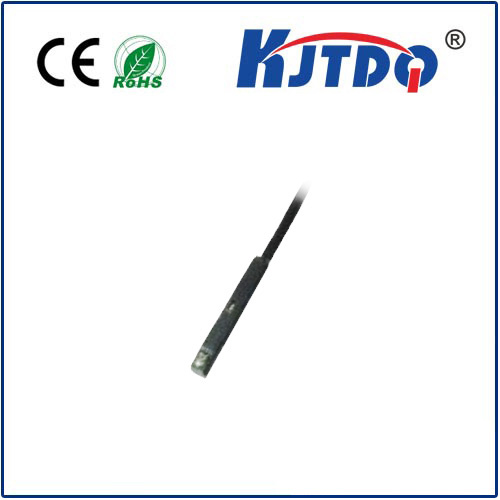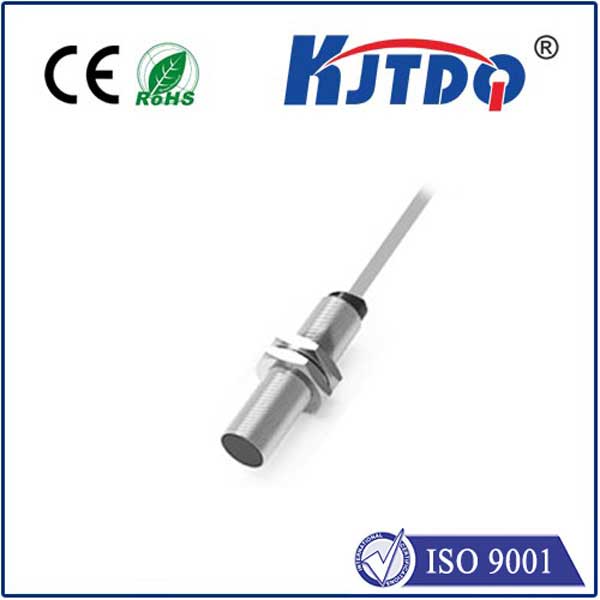

check

check

check

check

check

check

check

check

check

check
Title: Understanding the Role of Rope Limit Switch in Industrial Automation Systems
In today's world of industrial automation, technology has made remarkable strides, allowing machines to function with greater precision and efficiency. One critical component of these systems is the rope limit switch, which plays a crucial role in ensuring safety and preventing equipment malfunctions. In this article, we will explore the various aspects of rope limit switches and their significance in industrial automation.
Introduction
Automation systems have revolutionized manufacturing processes by reducing human error and increasing productivity. These systems consist of multiple components, including sensors, actuators, and control devices, that work together to achieve specific objectives. Among these components, the rope limit switch stands out as an essential device that helps ensure the safety of workers and prevents equipment damage.
What is a Rope Limit Switch?
A rope limit switch is a mechanical device used in industrial automation systems to detect the state of a rope or cable. It consists of a spring-loaded lever that is connected to a mechanism that triggers an alarm or other action when the lever is pushed or pulled beyond its normal range. The rope limit switch is designed to operate smoothly and provide accurate readings, making it an ideal choice for controlling complex machinery.
Types of Rope Limit Switches
There are several types of rope limit switches available on the market, each with its unique features and applications. Some common types include:
1. Single-lever rope limit switches: This type consists of a single lever that moves up or down depending on the position of the rope being monitored.
2. Double-lever rope limit switches: This type has two levers that work together to detect both positive and negative movements of the rope.
3. Proximal-type rope limit switches: These switches are designed to detect motion close to the machine's axis, making them ideal for use in applications where precise positioning is required.
4. Distal-type rope limit switches: These switches are used to detect motion farther away from the machine's axis and are commonly found in applications such as conveyor belts and material handling systems.
How Do Rope Limit Switches Work?
Rope limit switches work by using a mechanism that converts the mechanical energy generated by the movement of the rope into an electrical signal that can be processed by the control system. When the rope passes through the switch's sensing element (such as a magnetic coil or optical sensor), it creates a force that acts on the lever, causing it to move either up or down. The position of the lever determines whether the rope has passed through the switch or not, and this information is then transmitted to the control system for further processing.
Benefits of Rope Limit Switches
The use of rope limit switches in industrial automation systems offers numerous benefits, including:
1. Improved safety: Rope limit switches help prevent accidents by detecting unexpected movements of the rope or cable, alerting operators to potential hazards before they can cause harm.
2. Enhanced accuracy: By providing accurate readings on the state of the rope or cable, rope limit switches enable operators to make informed decisions regarding machine operation.
3. Increased efficiency: By preventing equipment malfunctions caused by improperly operated machinery, rope limit switches help increase overall productivity and reduce downtime.
4. Better control over machines: With accurate information about machine conditions provided by rope limit switches, operators can better control their machines and maintain optimal performance.
Conclusion
In conclusion, the role of rope limit switches in industrial automation cannot be overstated. These devices play a critical
